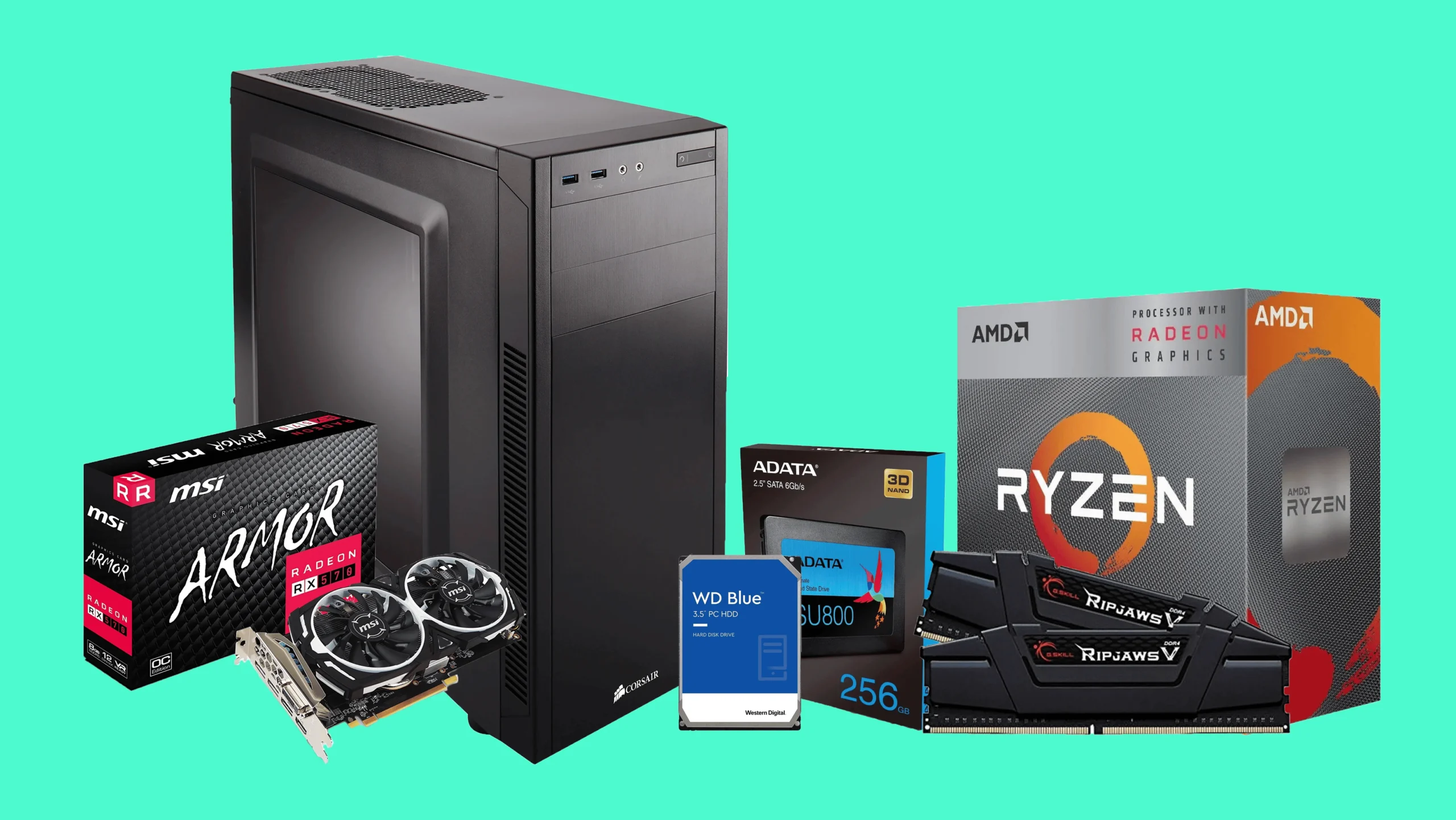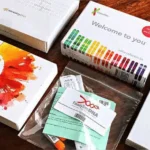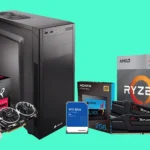Building a gaming PC on a budget can feel overwhelming, but it’s also exciting! By carefully choosing your components and sticking to your budget, you can create a powerful system without breaking the bank. This guide will walk you through everything you need to know to build a gaming PC that’s cost-effective and capable of handling modern games.
Why Build a Gaming PC on a Budget?
Building your own gaming PC allows you to customize it according to your needs and save money compared to pre-built systems. You can choose each component based on performance and cost, giving you control over every aspect. Plus, you can future-proof your system, meaning you can upgrade parts over time rather than buying a whole new setup.
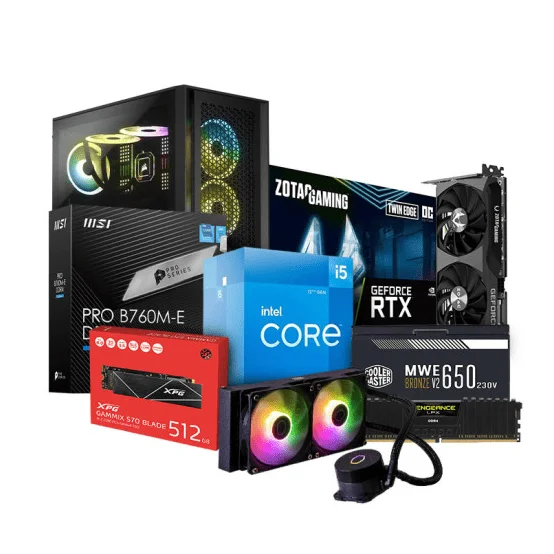
Now, let’s dive into how to build a gaming PC without spending too much.
1. Setting Your Budget
Before you start picking parts, decide how much you’re willing to spend. A good budget range for a gaming PC is typically between $500 and $1000. Lower budgets are possible, but you’ll have to be smart with your choices.
Key Tip: Allocate most of your budget to the parts that affect gaming performance the most, like the GPU and CPU.
Here’s a simple breakdown of how you could allocate your budget:
- CPU (Processor): 20-25% of your budget
- GPU (Graphics Card): 35-45% of your budget
- Motherboard: 10-15% of your budget
- RAM (Memory): 10-15% of your budget
- Storage (SSD/HDD): 5-10% of your budget
- Power Supply (PSU): 5-10% of your budget
- Case: 5-10% of your budget
2. Key Components to Consider
A. CPU (Processor)
The CPU is the brain of your computer. For gaming, you want something that can handle multiple tasks at once, but you don’t need to go overboard.
- Affordable Options: Look for AMD Ryzen 5 or Intel Core i5 processors. These are great for gaming at a reasonable price. If you need to save more, an AMD Ryzen 3 or Intel Core i3 will work for budget gaming builds.
- Tip: AMD often provides better value at lower price points.
B. GPU (Graphics Card)
The GPU is the most important part of your gaming PC because it handles the graphics and visual quality in games.
- Affordable Options: For budget builds, consider cards like the NVIDIA GTX 1650 or AMD RX 6500 XT. If you’re lucky, you might find used or refurbished models like the GTX 1660 Super or AMD RX 580, which still offer good performance at a lower price.
- Tip: Check the second-hand market for GPUs, as prices can be significantly lower.
C. Motherboard
The motherboard connects all your components, so make sure it’s compatible with your CPU and has enough room for future upgrades.
- Affordable Options: Go for a basic ATX or Micro-ATX motherboard from brands like MSI, ASRock, or Gigabyte that fit your CPU socket (e.g., AM4 for Ryzen or LGA1200 for Intel).
- Tip: You don’t need a high-end motherboard for gaming. Look for ones with the necessary features like USB ports and PCIe slots.
D. RAM (Memory)
More RAM means better multitasking, and 16GB is the sweet spot for gaming today. However, if you’re really tight on budget, 8GB can suffice, but you might need to upgrade sooner.
- Affordable Options: Stick to budget-friendly brands like Corsair or G.Skill. 3200 MHz speed is usually enough for gaming.
- Tip: Buy RAM in dual-channel kits (2x8GB) for better performance.
E. Storage
Modern games need a lot of storage. An SSD (Solid State Drive) is much faster than a traditional hard drive (HDD), which makes your PC boot faster and load games quicker.
- Affordable Options: A 500GB SSD from brands like Kingston or Crucial is a great starting point. If you need more space, add a cheap 1TB HDD for extra storage.
- Tip: Prioritize an SSD for your operating system and most-played games.
F. Power Supply (PSU)
A reliable power supply is crucial to ensure your PC runs smoothly without crashes.
- Affordable Options: Look for at least a 500W PSU with an 80+ Bronze certification from brands like EVGA or Corsair. This ensures efficiency and stability.
- Tip: Don’t cheap out on the PSU—it’s better to spend a little more here to avoid problems later.
G. Case
Your case should have enough space for all your components and good airflow to keep things cool.
- Affordable Options: Budget cases from brands like Cooler Master or Thermaltake are great for airflow and cable management. Look for models with pre-installed fans.
- Tip: A case with front mesh panels provides better airflow, which keeps your system cooler.
3. Where to Save Money
A. Used or Refurbished Components
The second-hand market can be your best friend when building a gaming PC on a budget. Look for used GPUs, CPUs, and motherboards on platforms like eBay or local marketplaces.
B. Sales and Discounts
Black Friday, Cyber Monday, and other big sale events can offer deep discounts on PC parts. Keep an eye on these sales to snag a bargain.
C. Reusing Older Parts
If you already have parts from an older PC, like a case, PSU, or storage drives, consider reusing them. This can save a lot of money.
4. Assembly
Once you have all your parts, it’s time to put them together! Here’s a simplified guide:
- Tools Needed: A screwdriver and an anti-static wristband (optional but recommended).
- Step-by-Step Process:
- Install the CPU onto the motherboard.
- Attach the RAM and cooler to the motherboard.
- Place the motherboard in the case.
- Install the GPU, PSU, and storage drives.
- Connect all the power cables.
- Power it on and check if it boots!
Troubleshooting
If the PC doesn’t boot, check all the connections, ensure the components are seated correctly, and make sure your monitor is plugged into the GPU, not the motherboard.
5. Software Setup
After assembly, you need to install the software:
- Operating System: Install Windows 10/11 or consider a free alternative like Linux if you’re on a tight budget.
- Drivers: Download the latest drivers for your GPU, motherboard, and other components. This ensures your system runs efficiently.
- Game Optimization: Use software like NVIDIA GeForce Experience or AMD Adrenalin to optimize game settings for the best performance.
6. Future Upgrades
Building a gaming PC on a budget doesn’t mean you’re stuck with the same setup forever. Plan for future upgrades:
- CPU/GPU: You can upgrade these components when you have more budget.
- RAM/Storage: Adding more RAM or storage is easy and affordable down the line.
- Cooling: If your system runs too hot, you can always add more fans or a better CPU cooler.
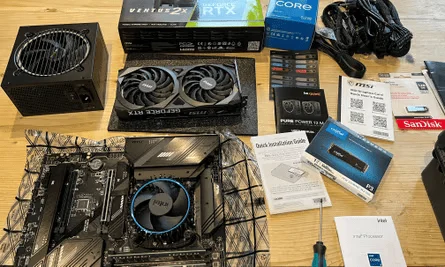
Conclusion
Building a gaming PC on a budget is entirely possible with careful planning and smart choices. By focusing on the components that matter most for gaming, such as the CPU and GPU, and looking for deals on used or refurbished parts, you can create a powerful system without overspending.
Remember to be patient, research your parts, and don’t rush the process. A well-built gaming PC on a budget can last for years and give you excellent gaming experiences at a fraction of the cost of a pre-built system. Happy building!

Lila is a seasoned writer at waytoactivate.com, where she crafts comprehensive guides on digital activation and technology. With a background in Information Technology and over 6 years of writing experience, Lila excels in translating complex tech concepts into clear, accessible content. Her expertise ensures that readers receive practical, reliable information to enhance their digital experiences. Follow Lila for the latest updates and tips on activating your favorite services at Instagram.

